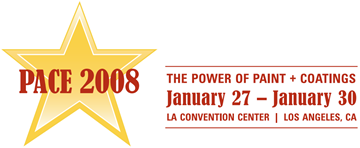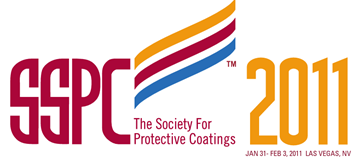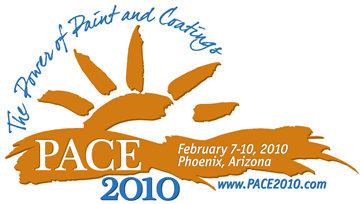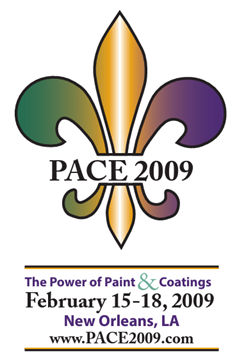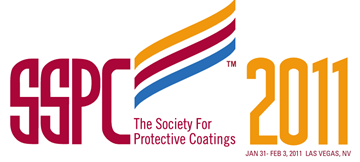Search
Products tagged with 'polyurea'
View as
Sort by
Display
per page
Polyurea Coatings. If You Knew What Could Go Wrong...
Product Number:
41205-189-SG
Publication Date:
2005
$20.00
Polyurea for Potable Water – Overcoming Structural Challenges for a Successful Waterproof Lining System
Product Number:
41208-410-SG
Publication Date:
2008
$20.00
Polyurea Great Wall Beijing-Shanghai High Speed Railway Polyurea Protection Project
Product Number:
41211-658-SG
Publication Date:
2011
$20.00
Polyurea Great Wall Beijing-Shanghai High Speed Railway Polyurea Protective Project
Product Number:
41212-719-SG
Publication Date:
2012
$20.00
Polyurea Thick-Film Elastomeric Coating/Lining Systems Accelerated Weatherometer Testing vs. Real Life Exposure
Product Number:
41210-565-SG
Publication Date:
2010
$20.00
Polyurea: The New Frontier In Construction
Product Number:
41209-481-SG
Publication Date:
2009
$20.00
Polyyrea Flooring Systems for Concrete a Practical Approach
Product Number:
41205-176-SG
Publication Date:
2005
$20.00
Portable Plural Component Equipment Utilizing Synergistic Chemistry
Product Number:
41212-718-SG
Publication Date:
2012
$20.00
Robotic Sprayed-in-Place Pipelining: the Polyurea Goes Round & Round
Product Number:
41214-847-SG
Publication Date:
2014
$20.00
Spray Polyurea System for Challenging Applications
Product Number:
41211-625-SG
Publication Date:
2011
$20.00


